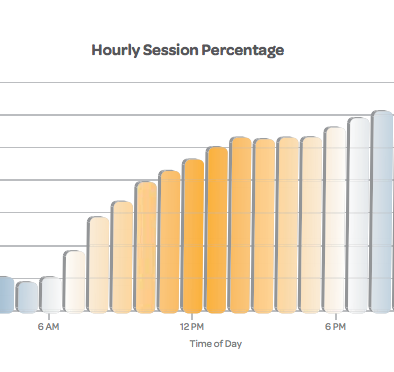Sponsored-content ads produce the highest interaction ratings–but the lowest purchase intent of 7 different ad types studied by Psychster Inc. in collaboration with Allrecipes.com.
Allrecipes.com, a leading cooking/recipe website, commissioned Psychster Inc. to design a multivariate online experimental survey to test the effectiveness of different types of advertising. The firm created mockups of seven ad types , appearing on one of two publisher websites (Allrecipes, or Facebook), and promoting one of two brands (a leading soup brand and a leading car brand), for a total of 28 combinations. In May, 2009, the firm showed videos of the different ad units to 478 Allrecipes users and to 681 Facebook users, and asked respondents to rate their attitudes on a variety of metrics.
The researchers found significant variations across ad types. Among the findings:
- Sponsored Content produced the highest interaction ratings, but the lowest purchase intent and viral recommendations. People reported being more likely to interact with sponsored content than with any other ad type, and they were least likely to see it as an ad. But it was the least likely to elicit purchase intent and a recommendation to friends.
- Corporate Profiles caused higher purchase intent when people could become a fan and put a logo on their own profile than when they could not.
- Give and Get Widgets were more engaging than Banners and Newsletters, but not more likely to increase viral recommendations or purchase intent. People were significantly more likely to want to interact with ads where they could create and customize something (a custom car or a dinner menu) compared to banners or newsletters. However, they were not significantly more likely to recommend the brands to friends or show an intent to purchase.
- No ad type was so engaging that it overcame the advantage found by matching the brand to the website. The findings show that contextual placement matters: soup brand performed better on Allrecipes than it did on Facebook, and no ad type was so engaging that it overcame this advantage.
Click here to download the full whitepaper (PDF).


